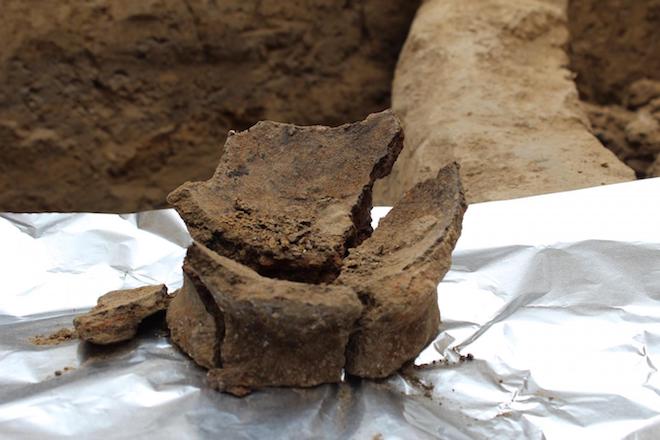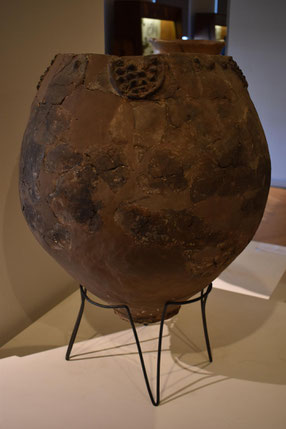
Congratulations wine drinkers! You’re part of a tradition that’s at least 8,000 years old.
Archaeologists found traces of the lovely elixir in eight large ceramic jars uncovered during excavations at two Early Ceramic Neolithic sites known as Gadachrili Gora and Shulaveris Gora located in the Republic of Georgia about 30 miles south of the capital city.
According to an article in the New York Times, the jars would have held 300 liters of wine, enough to fill 400 bottles by modern standards.

The archaeological team, comprised of scientists from the University of Toronto and the Georgian National Museum, believe their find is the oldest evidence of wine making discovered anywhere in the world. They also say their find is the oldest example yet found of taking a wild Eurasian grapevine and intentionally planting it, cultivating it, and turning it into a “domesticated” plant for the sole purpose of making wine.
Archaeologist Stephen Batiuk of the University of Toronto said in a statement,
"Our research suggests that one of the primary adaptations of the Neolithic way of life as it spread to Caucasia was viniculture. The domestication of the grape apparently led eventually to the emergence of a wine culture in the region.”
"As a medicine, social lubricant, mind-altering substance, and highly valued commodity, wine became the focus of religious cults, pharmacopeias, cuisines, economics, and society throughout the ancient Near East.”
Batiuk also said that 99.9 percent of today’s wine comes from the Eurasian grapevine, which in turn comes from Caucasia.
The research group published their findings in the Proceedings of the National Academy of Sciences.



